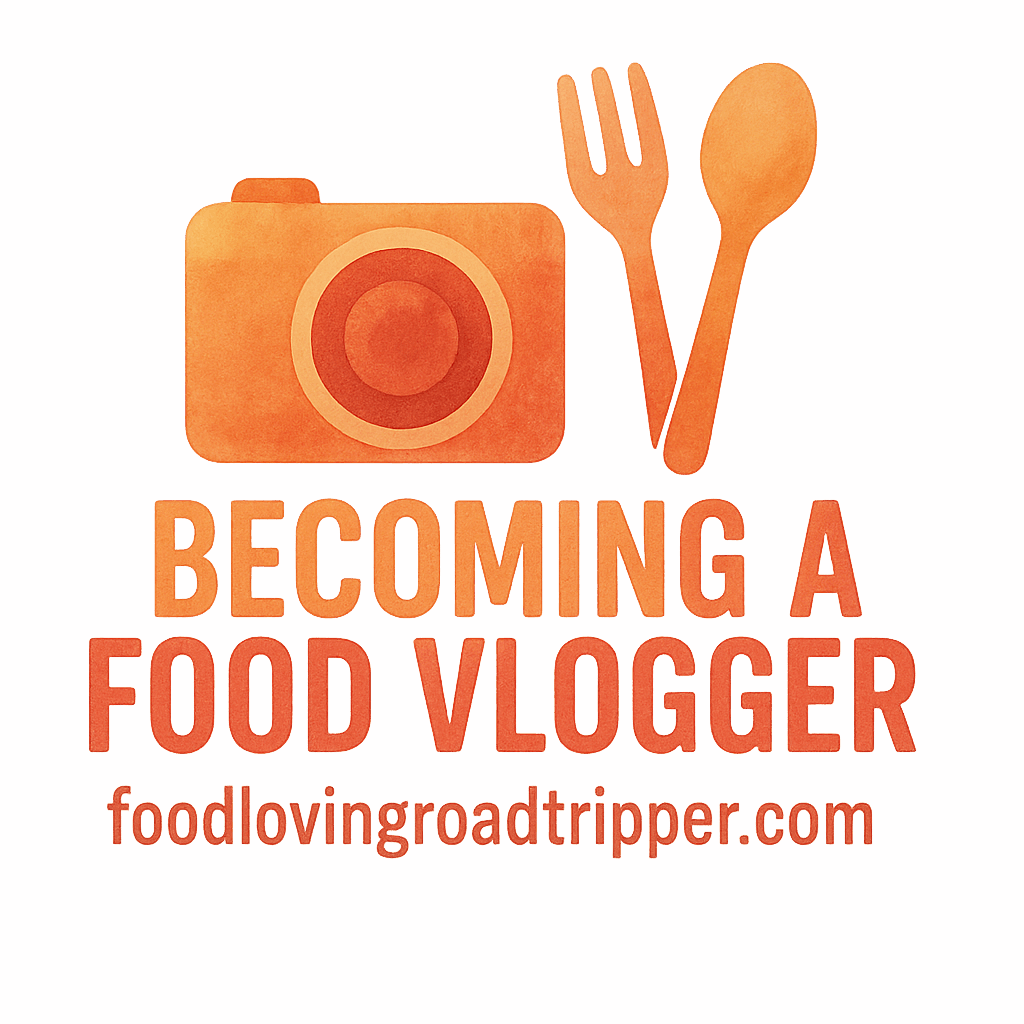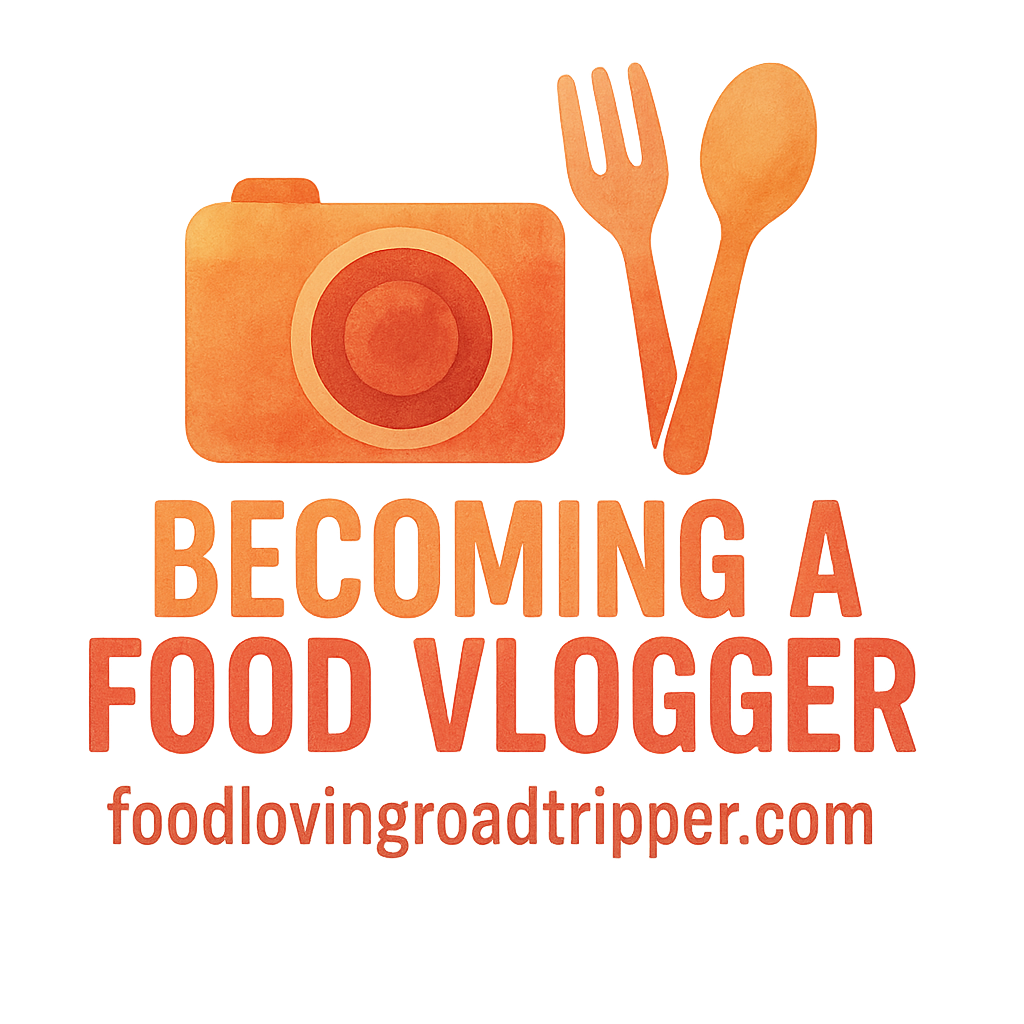Why Thumbnails Matter for Your Food Vlog
When you upload a new video to YouTube, it’s your thumbnail that could make the difference between a click and a scroll. In a platform as competitive as YouTube, where hundreds of hours of video are uploaded every minute, standing out is crucial. This guide focuses on 9 essential YouTube thumbnail tips specifically tailored for food vloggers. Whether you’re showcasing a delicious recipe or a new food product, the right thumbnail can grab attention and encourage more clicks.
The Power of Thumbnails
Why Thumbnails Are Crucial for Engagement
Before diving into the specifics of each tip, let’s first explore why thumbnails are so important. Thumbnails act as your “book cover” on YouTube. A good thumbnail will entice the viewer to click, while a poor one may cause your video to go unnoticed.
Thumbnails are directly tied to your video’s engagement and visibility, affecting how often it shows up in recommendations or search results. If your thumbnail is eye-catching and relevant, YouTube’s algorithm will be more likely to promote your content.
First Impressions Matter
Think of thumbnails as your video’s first impression. Just like a book cover, an appealing and high-quality thumbnail can encourage more people to watch your video. On YouTube, where competition is fierce, having a strong thumbnail strategy is crucial to success.
Tip 1: Use High-Quality, Vibrant Images
Why Image Quality is Essential
As a food vlogger, you need to make your food look irresistible. A blurry or pixelated thumbnail won’t do justice to the vibrant, mouth-watering dishes you’re presenting. High-quality images not only ensure that the food looks good but also reflect the professionalism of your channel.
For example, a beautifully plated dish shot with excellent lighting can elevate the appeal of your thumbnail, giving it the polish it needs to stand out. This is where investing in equipment can pay off in the long run.
How to Capture Stunning Food Photos
To ensure high-quality thumbnails, shoot your food in natural light whenever possible. Avoid overly dark or bright photos. Try experimenting with different angles—overhead shots are popular for recipes, while side shots might be better for showcasing dishes with multiple layers or textures.
You can also enhance your content creation skills by learning how to shoot food in a way that highlights its most appetizing features.
Tip 2: Select the Correct Aspect Ratio
Recommended Dimensions for YouTube Thumbnails
The ideal dimensions for YouTube thumbnails are 1280 x 720 pixels, with an aspect ratio of 16:9. This ensures your thumbnail looks great on all devices, from desktop computers to mobile phones. Using the wrong dimensions could cause your thumbnail to appear cropped or distorted, which could hurt your click-through rate.
How Aspect Ratio Impacts User Experience
A correct aspect ratio ensures that your thumbnail looks clean, professional, and sharp on both large and small screens. It also aligns with YouTube’s specifications, ensuring that your thumbnail will not be rejected due to size issues. For more insights into how to design eye-catching visuals, consider looking into YouTube’s guidelines for thumbnails.
Tip 3: Add Bold and Clear Text to Your Thumbnails
Importance of Text Overlays
Sometimes, an image alone doesn’t tell the whole story. Adding bold, easy-to-read text to your thumbnails can give more context and make your video even more enticing. This is particularly helpful for food vloggers, as it allows you to highlight what your video is about—whether it’s a recipe, cooking hack, or food review.
How to Pick the Right Fonts
When selecting fonts, go for bold, sans-serif styles that are easy to read even on smaller screens. Stick to a maximum of two fonts to avoid clutter. Contrast the text color against the background for easy readability—white text on a dark background or vice versa works well.

Tip 4: Make Your Thumbnails Pop with Contrasting Colors
How Color Psychology Affects Viewership
Color plays a significant role in attracting viewers. Certain colors evoke different emotions; for example, red is associated with urgency or appetite, while green signifies freshness or health. Understanding how to use color effectively can make your thumbnail more eye-catching.
Using Colors that Attract Attention
Use bold, contrasting colors in your thumbnails to make them stand out. For instance, a warm orange or red background can draw attention to a delicious meal, while a bright green could highlight a healthy dish or organic ingredients. This is also where color psychology comes into play to influence your viewer’s perception.
Tip 5: Maintain Consistency Across Thumbnails
Building Your Brand Identity with Consistent Thumbnails
As your food vlog grows, consistency in your thumbnails can help establish your brand identity. Using the same style, font, and layout across all your thumbnails makes your videos instantly recognizable to your audience. Consistency also builds a sense of professionalism.
Examples of Consistency in Thumbnail Design
Take note of big food vloggers who maintain a consistent look in their thumbnails. Whether it’s a particular color scheme or specific font choices, consistency helps viewers quickly associate the thumbnail with your channel and content. This is part of building your long-term brand presence.
Tip 6: Highlight Your Food in Thumbnails
Making Food the Focal Point
Food is the star of your YouTube channel, so it should always be the focal point of your thumbnail. Make sure your food is front and center, and that it’s well-lit and appealing. A clean, well-plated dish looks far more enticing than a messy or poorly framed one.
How to Use Angles and Lighting to Show the Food
Experiment with angles that showcase the food’s most appetizing features. Use soft, diffused light to highlight textures, and avoid harsh shadows that could make the food look unappealing. A perfect thumbnail draws the viewer’s eye to your food vlogging skills.
Tip 7: Use Faces to Connect with Viewers
Why Facial Expressions Matter
Adding a human element to your thumbnails, like showing your face, helps create an emotional connection with your viewers. People are naturally drawn to faces and emotions, and incorporating them can make your thumbnail more relatable and engaging.
How to Incorporate Faces in Food Thumbnails
If you’re cooking on camera, include a smiling shot of yourself holding or tasting the food. It helps humanize your content and adds personality, making your thumbnails more inviting. This human connection could increase your viewer engagement and drive traffic to your channel.
Tip 8: Utilize a Thumbnail Template for Efficiency
Tools for Thumbnail Creation
Creating a thumbnail from scratch every time can be time-consuming. To save time, use thumbnail templates available in tools like Canva or Adobe Spark. These templates are designed with YouTube’s best practices in mind and can help streamline your design process.
Benefits of Using Templates
Using a template ensures consistency and helps you maintain a professional look without the hassle of designing every thumbnail from scratch. Plus, templates can easily be customized to fit the theme of each new video. Templates can also save you time, especially if you’re consistently producing content.
Tip 9: Experiment and Optimize Your Thumbnails
Why You Should Test Different Thumbnails
Just like any other aspect of your YouTube channel, thumbnails can be tested for performance. A/B testing allows you to try different versions of a thumbnail to see which one gets the most clicks. Over time, this data can help you fine-tune your strategy.
Analyzing Performance with A/B Testing
YouTube Studio provides analytics that can help you measure the effectiveness of your thumbnails. By comparing click-through rates (CTR) for different thumbnails, you can determine which designs and elements work best for your audience. This is crucial for growth marketing.
Wrapping Up Your YouTube Thumbnail Strategy
In conclusion, your YouTube thumbnail is one of the most crucial elements in attracting viewers to your food videos. By following these 9 tips—using high-quality images, adding text and vibrant colors, maintaining consistency, and experimenting with different styles—you can create thumbnails that drive traffic and boost engagement. The more you optimize your thumbnails, the better your video’s performance will be.
For more detailed strategies on video and content creation, don’t forget to visit Food Loving Road Tripper.
FAQs
1. What are the best dimensions for a YouTube thumbnail?
The ideal size for YouTube thumbnails is 1280 x 720 pixels, with a 16:9 aspect ratio.
2. How often should I update my thumbnails?
It’s a good idea to update your thumbnails if you notice that your video isn’t getting as many clicks as expected or if your thumbnail no longer aligns with your brand’s style.
3. Can I use stock images for my thumbnails?
While you can use stock images, it’s always better to use original photos of your food for authenticity and brand consistency.
4. Should I always use faces in my thumbnails?
Faces can help build an emotional connection, but it’s not a must. If you’re focusing on the food, ensure the dish is the focal point.
5. What tools can I use to create thumbnails?
Popular tools include Canva, Adobe Spark, and Photoshop. Canva is a great option for beginners due to its user-friendly interface.
6. How do I know if my thumbnail is performing well?
Check your click-through rates in YouTube Analytics to measure the effectiveness of your thumbnails.
7. How much text should I put on my thumbnail?
Keep text minimal and legible. Aim for a few impactful words that explain the video, avoiding clutter.
This version includes internal links to Food Loving Roadtripper to boost semantic relevance and support SEO.


